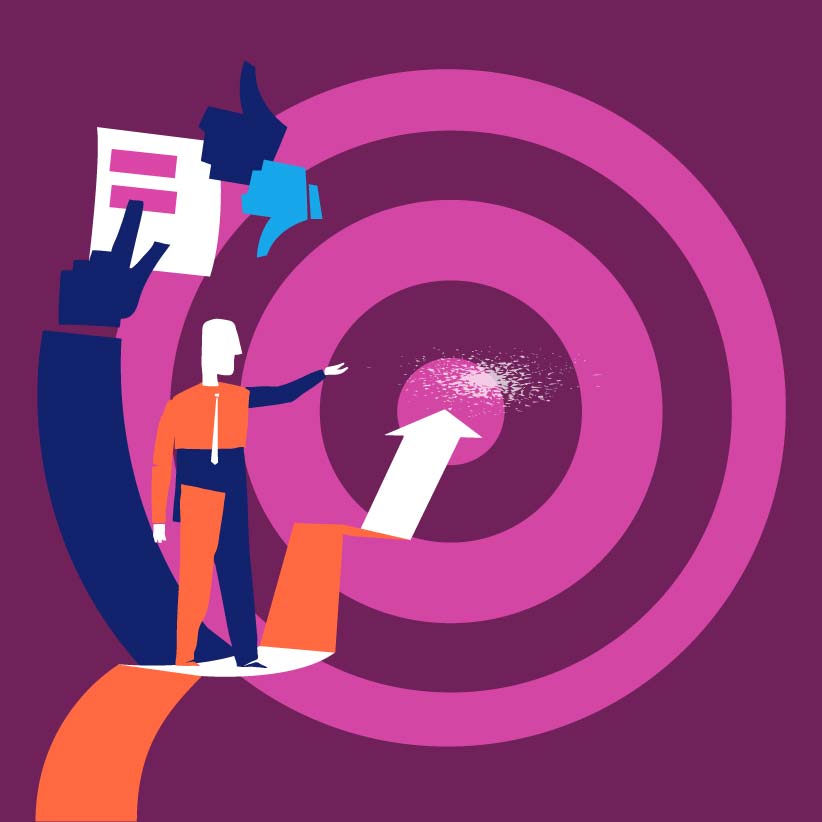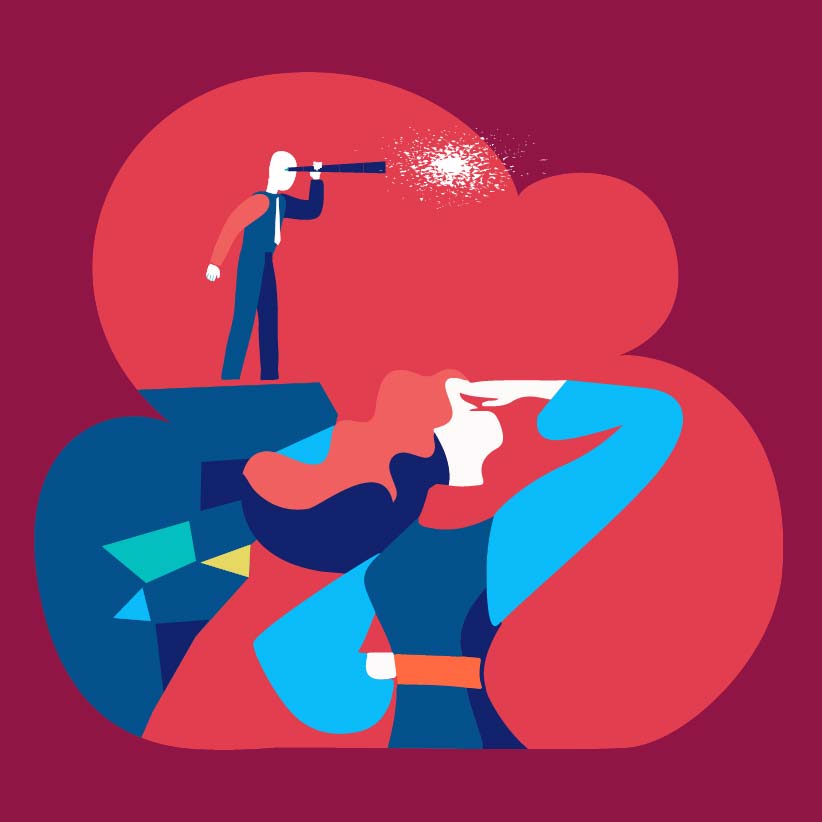Creativity: Methodologies and Processes of Creative Thinking
A rigorous analysis of creativity in design. It explores what it is, how it differs from innovation, and what methodologies exist for developing original solutions.
In this guide you will find:
What is creativity in design?
In the context of design, creativity is not a mystical talent, but the disciplined ability to generate solutions that are both novel and relevant to a specific problem. It extends beyond the mere generation of ideas to encompass the skill of applying those ideas practically and effectively in the creation of products, communications, or systems. Creativity in design is, fundamentally, a form of purposeful problem-solving.
What methodologies structure the creative process?
Far from being a chaotic process, professional creativity relies on methodologies that guide thinking from the problem to the solution. It's not about "being creative," but about "applying a creative process." Some of the fundamental methodological frameworks and tools are:
- Divergent and Convergent Thinking: This is the basic model for any creative process. The divergent phase focuses on generating the largest possible number of options without judgment. The convergent phase focuses on analyzing, filtering, and selecting the best solutions based on strategic criteria.
- Sketching as an Ideation Tool: The most fundamental tool for visual exploration in the divergent phase is sketching. It allows for the materialization and evaluation of dozens of ideas quickly and inexpensively. To delve deeper into its application, consult our Hub dedicated to Sketching.
- Design Thinking: Although often oversimplified, it is a user-centered methodology that structures the process into phases such as empathize, define, ideate, prototype, and test. Its value lies in placing the user's needs at the center of the creative process.
- Argumentation as the Closing of the Process: A creative idea has no value if it cannot be defended and approved. The final phase of the creative process is the ability to justify how a solution meets the objectives. This skill is crucial for any professional. Delve deeper into it in our Hub on Design Rationale.
What is the difference between creativity and innovation?
Although often used interchangeably, creativity and innovation are distinct and sequential concepts:
- Creativity is the act of conceiving a new and relevant idea. It is the potential.
- Innovation is the act of implementing that idea and generating real value in the market or society. It is the materialization of that potential.
In design, one can be very creative by generating proposals that are never implemented. Innovation only occurs when a creative solution is produced, launched, and proves to be successful.
Is creativity a skill that can be developed?
Yes. The notion of creativity as an innate gift is one of the most persistent myths. In the professional realm, creativity is a skill that is developed and honed through the disciplined practice of methodologies. One learns to be creative in the same way one learns any other discipline: by understanding its principles, applying its processes, and practicing its tools. Constant exposure to new problems, research, and critical analysis of others' work are key components of this continuous development.
What types of creativity exist?
In design, creativity can manifest with different approaches, depending on the main objective of the project:
- Stylistic Creativity: Focused on generating novel and aesthetically striking visual forms. It is predominant in areas such as illustration or avant-garde graphic design.
- Functional Creativity: Oriented towards solving practical problems. The novelty lies not in the form, but in the effectiveness of the solution to improve a process or a product's usability. It is the core of user experience.
- Strategic Creativity: Focused on developing communication concepts that uniquely position a brand in the market. It is fundamental in branding and advertising.
Explore the Fundamental Concepts of Creativity
Delve deeper into the core areas of this discipline with our specialized guides.
Copyright
A rigorous guide to copyright for design professionals. Explore registration, moral rights, and the distinction from trademarks.
Additional Resources on Creativity
Below we share a series of resources developed by experts on the topic:


